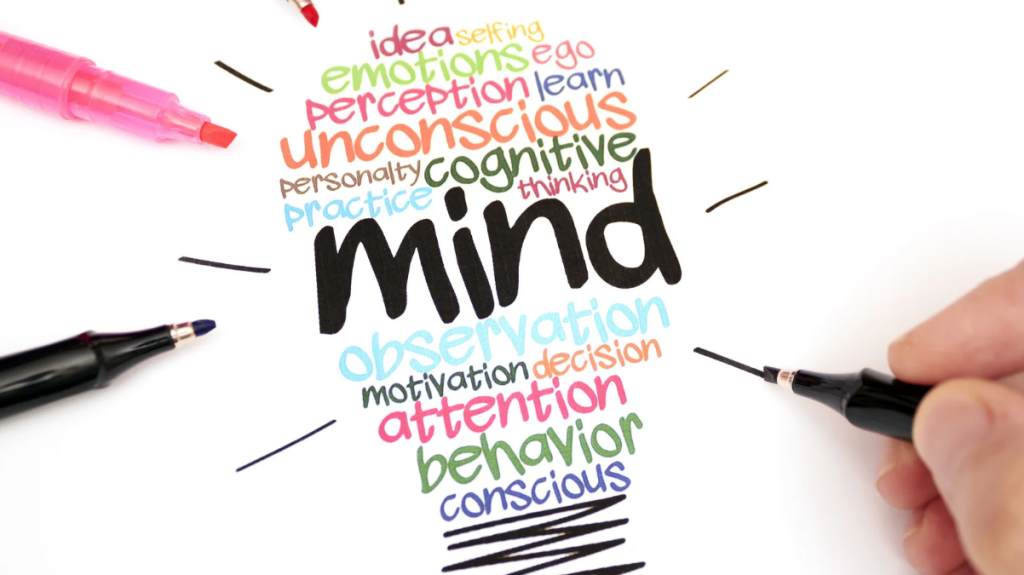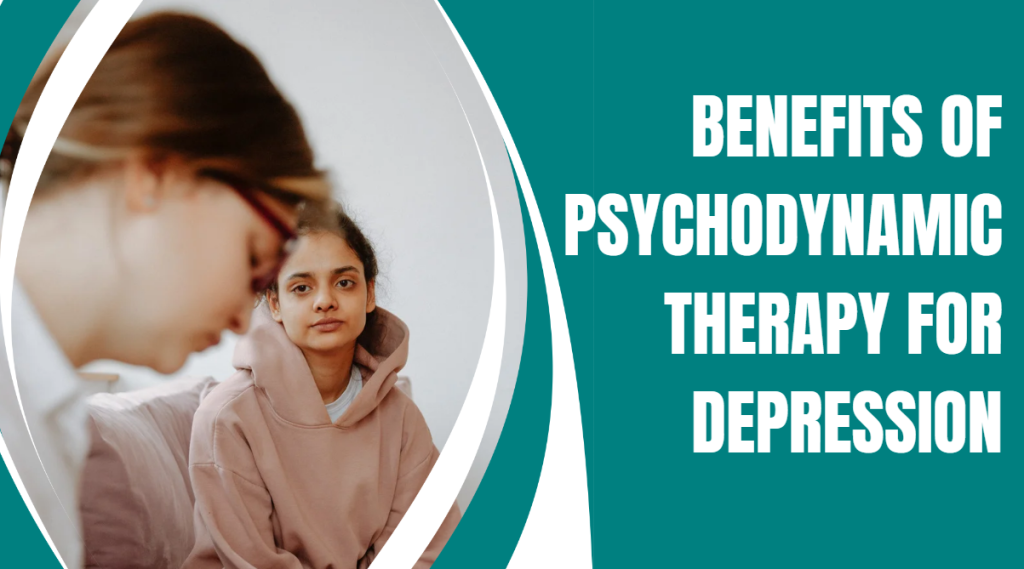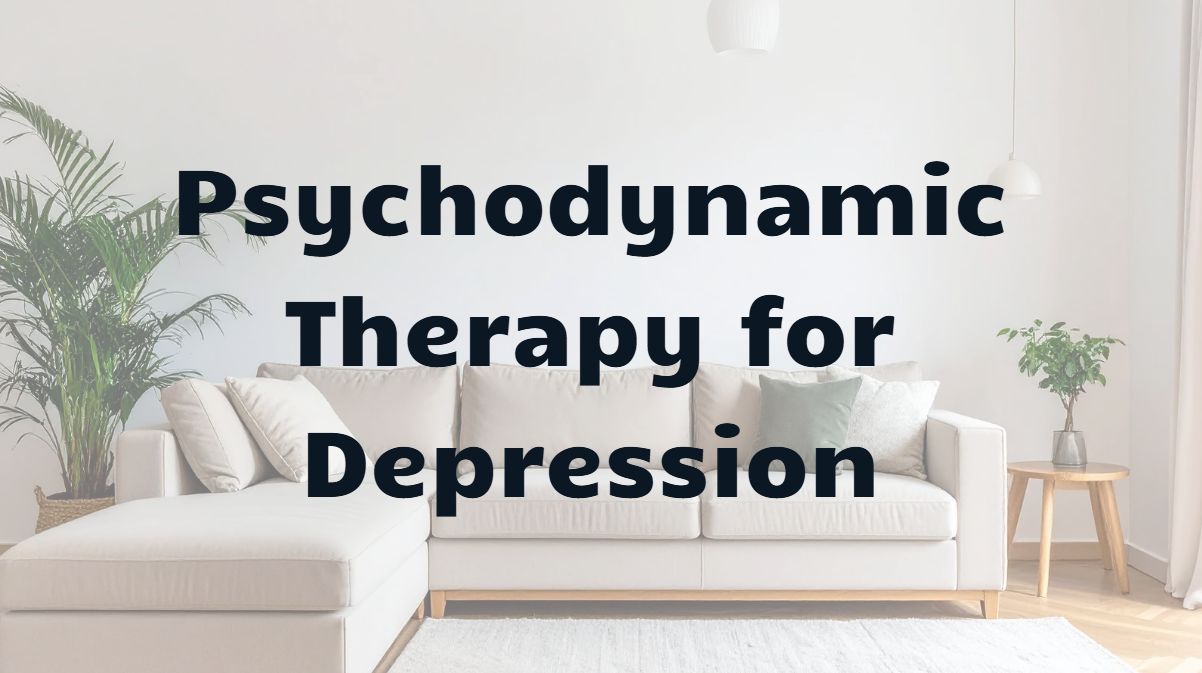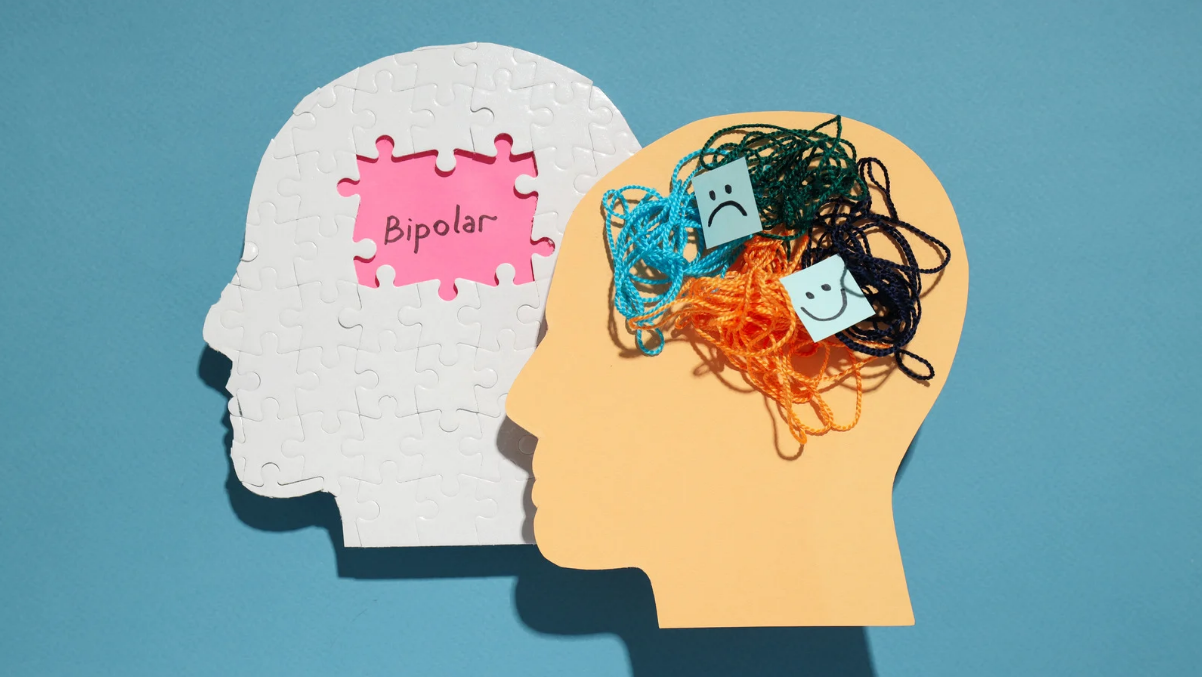Depression is often misunderstood as mere sadness, when in reality, it can be the echo of unhealed experiences and unresolved emotions that have quietly shaped a person’s inner world. Many individuals find that while medication and behavioral therapies can help ease the symptoms of depression, they don’t always address the deeper emotional roots beneath the surface. These roots—formed through early experiences, relationships, and long-standing patterns of thinking—can continue to influence how a person feels, reacts, and connects with others, even long after the initial pain has passed.
That’s why comprehensive care matters. In many cases, primary care and psychiatry work hand in hand to look beyond the immediate symptoms and recognize when deeper emotional healing may be needed. When depression persists or feels tied to unresolved inner conflicts, psychodynamic therapy for depression can offer a new way forward. This approach provides a safe, guided space to explore how past experiences shape present emotions—helping individuals not only manage their depression but truly understand and transform the patterns that sustain it.
What Is Psychodynamic Therapy?
Psychodynamic therapy is a form of talk therapy designed to uncover and understand the unconscious patterns that shape our emotions, thoughts, and behaviors. It evolved from traditional psychoanalysis but is more collaborative, conversational, and adaptable to modern life.
In essence, this therapy helps people recognize how past experiences influence present struggles. Depression, for instance, may not only be about current stress but also about old emotional pain that hasn’t been fully processed—such as feeling unseen, rejected, or unworthy during earlier years.
The main goal of psychodynamic therapy is not just to manage depressive symptoms, but to bring self-awareness and emotional understanding to the forefront. When you understand why you feel what you feel, healing begins naturally.
How Psychodynamic Therapy Differs from Other Depression Treatments
There’s no one-size-fits-all approach to treating depression. Here’s how psychodynamic therapy stands apart:
- Medication addresses the biological side of depression—such as low serotonin levels or hormonal changes—but doesn’t uncover why these feelings arise.
- Cognitive Behavioral Therapy (CBT) focuses on recognizing and changing negative thought patterns and behaviors.
- Psychodynamic therapy, on the other hand, focuses on self-discovery and emotional insight—helping you understand the root cause behind those patterns and emotions.
Many patients benefit from a combination of these approaches. In integrated care, a primary care provider may monitor your physical and medication needs, while a psychiatrist or therapist supports your emotional journey. Together, these create a more complete path toward healing.
How Psychodynamic Therapy for Depression Works

Psychodynamic therapy takes place in a one-on-one setting with a licensed therapist or psychiatrist trained in this approach. Sessions typically occur once a week and last around 45–60 minutes.
During sessions, you and your therapist explore:
- Your emotional experiences and recurring relationship themes
- Memories that still carry emotional weight
- Unconscious defenses—ways you might avoid painful feelings
- Transference, or how feelings from past relationships may reappear in current ones (including toward your therapist)
This process can feel like connecting the dots between your past and present. As insights deepen, you begin to see your depression not as a flaw, but as a signal of emotional needs that were never met.
What Depression Often Looks Like Beneath the Surface
Depression can manifest in countless ways: fatigue, hopelessness, low motivation, irritability, or even physical pain. But beneath those symptoms often lie deeper emotional truths.
Psychodynamic therapy helps uncover these hidden roots, which may include:
- Unresolved grief or loss
- Childhood neglect or emotional deprivation
- Chronic guilt or shame
- Unrealistic self-criticism or perfectionism
- Repeated relationship conflicts
In other words, depression isn’t always about what’s happening now—it’s often about what’s never been resolved.
By exploring these inner experiences, you begin to rewrite the emotional story you’ve been living by.
The Fundamental Principles of Psychodynamic Therapy

Psychodynamic therapy is built on foundational principles that aim to uncover the unconscious forces shaping thoughts, emotions, and behaviors—helping individuals understand themselves on a deeper, more authentic level.
Key principles include:
- The Unconscious Mind
Much of human emotion and behavior is influenced by thoughts and memories that lie outside conscious awareness. Psychodynamic therapy helps bring these hidden influences to light, allowing individuals to recognize how they affect mood, decisions, and relationships. - Early Life Experiences Shape the Present
The way people relate to others and process emotions often stems from early family dynamics and childhood experiences. Understanding these origins helps individuals break free from old emotional patterns that contribute to depression or anxiety. - Insight Leads to Emotional Growth
By gaining awareness of unconscious motives and internal conflicts, individuals can replace self-defeating patterns with healthier emotional responses. This insight-driven change fosters long-term healing and greater self-compassion. - The Therapeutic Relationship as a Mirror
The connection between therapist and client serves as a reflection of other relationships in one’s life. Exploring this dynamic helps reveal how trust, fear, or attachment play out in everyday interactions—and how they can evolve toward healthier forms. - Emotional Expression as Healing
Talking freely and honestly allows buried emotions—such as guilt, anger, or grief—to surface and be processed safely. This emotional release promotes relief, clarity, and an increased ability to handle future challenges with resilience.
What to Expect in Your First Session
Your first psychodynamic therapy session is about building trust and understanding your story.
Here’s what usually happens:
- You’ll talk about your current symptoms, personal history, and what prompted you to seek help. This helps your therapist understand how depression affects your daily life and emotional well-being.
- Your therapist may ask about your relationships, family background, and early life experiences. This isn’t to dig too deep too soon, but to see how your past might connect to your present struggles.
- You’ll explore key moments or challenges that stand out to you—both painful and positive. Sometimes, these stories reveal emotional themes that shape how you respond to life today.
- Your therapist may help you reflect on patterns in your thoughts, behaviors, or interactions with others. These insights become the foundation for deeper work in future sessions.
- Together, you’ll begin identifying your goals for therapy. For example, understanding certain emotions, improving self-esteem, or breaking free from recurring depressive cycles.
- You can also discuss practical details—like session frequency, confidentiality, and what progress might look like over time.
You’re always in control of how much you share. The space is safe, confidential, and judgment-free. The pace of healing is yours to set.
Benefits of Psychodynamic Therapy for Depression

The changes that happen in psychodynamic therapy can be life-altering. Some key benefits include:
1. Greater Self-Awareness
You begin to understand why you think, feel, and react the way you do, uncovering the emotional patterns that have shaped your sense of self. This awareness allows you to make more intentional choices rather than being guided by unconscious habits or unresolved pain.
2. Improved Emotional Regulation
Through deeper insight, you learn to face emotional discomfort without feeling consumed or overwhelmed by it. Over time, this builds resilience, helping you respond to life’s challenges with calmness and clarity instead of avoidance or despair.
3. Healthier Relationships
As you recognize old emotional patterns—such as fear of rejection, overgiving, or withdrawal—you begin to connect with others in more authentic and balanced ways. This leads to stronger, more fulfilling relationships built on mutual understanding rather than unconscious repetition of the past.
4. Lasting Relief from Depression
Unlike short-term symptom management, psychodynamic therapy creates healing that comes from within. By addressing the underlying causes of depression, individuals often experience a more enduring sense of peace, self-acceptance, and emotional stability.
5. Mind-Body Connection
Depression often eases when emotional and physical well-being are cared for together through integrated primary care and psychiatry. This whole-person approach recognizes that emotional healing can improve physical health—and vice versa—creating balance and vitality on every level.
When to Consider Psychodynamic Therapy
You might consider psychodynamic therapy if:
- You’ve been in therapy before but feel your depression still lingers
- You often feel numb, unfulfilled, or disconnected from others
- You want to understand why your emotions keep circling back to the same pain
- You’re ready to explore—not just treat—your depression
Remember, there’s no wrong time to begin. The right time is when you’re ready to look inward with compassion and courage.
Integrating Psychodynamic Therapy with Comprehensive Care

Depression rarely exists in isolation—it’s influenced by physical health, lifestyle, relationships, and even medications.
That’s why we believe in integrated care that bridges primary care and psychiatry.
- Primary care providers monitor your physical health, rule out medical causes of depression, and manage medications or labs.
- Psychiatrists and therapists explore emotional and psychological factors driving your depression.
- Together, these perspectives create a holistic treatment plan that supports the whole person.
This collaboration ensures you’re not just managing symptoms but building sustainable emotional and physical wellness.
Final Thoughts: Healing That Lasts Beyond the Session
Psychodynamic therapy offers more than symptom relief—it offers a path to understanding yourself.
When you uncover the emotions and patterns driving your depression, you open space for lasting change, healthier relationships, and genuine inner peace.
At Stay Healthy! LLC, we combine primary care and psychiatry to address both the emotional and physical sides of depression. Together, we can help you find clarity, connection, and strength to heal from the inside out.If you’re ready to explore the deeper meaning behind your depression and take the next step toward recovery, our compassionate team is here to guide you. Contact us.











